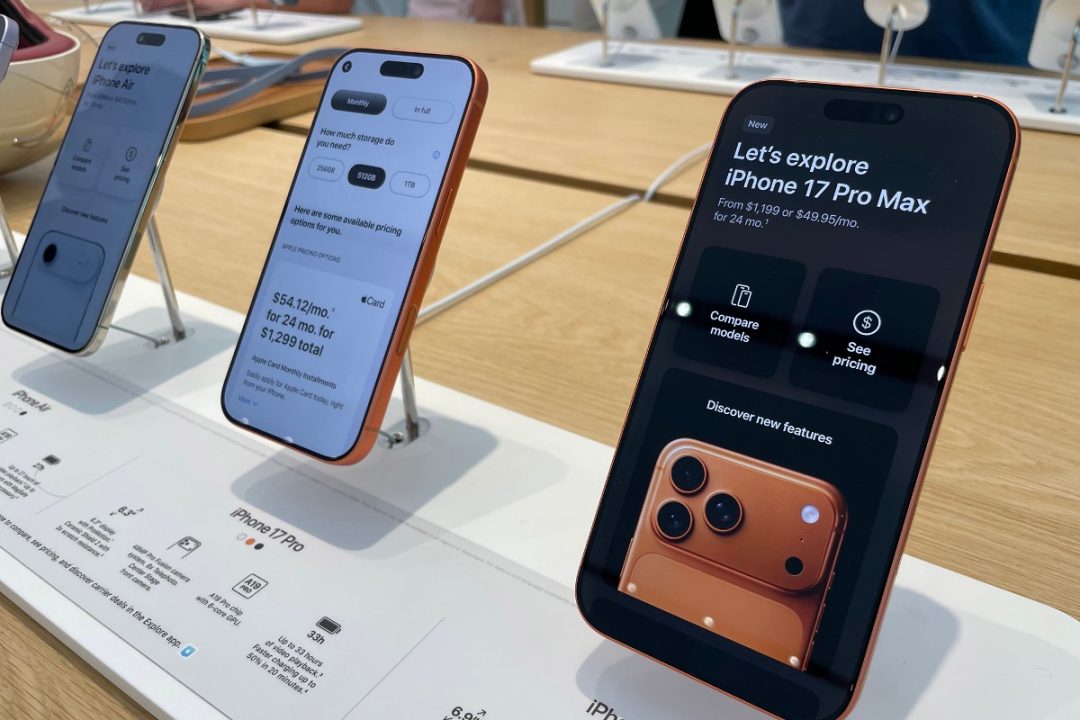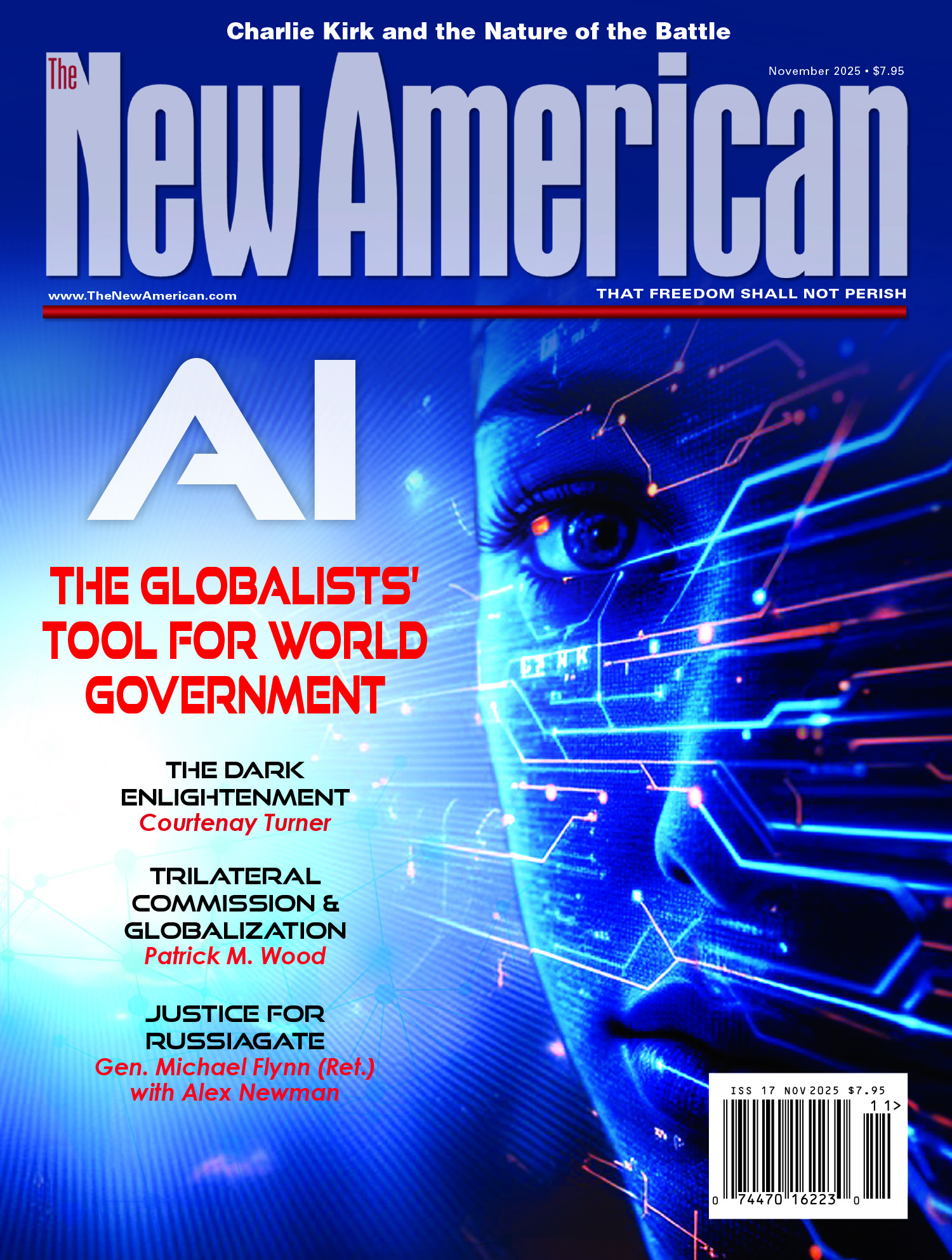
Apple has launched Digital ID for the iPhone and Apple Watch. Drawing information from a user’s passport, the new feature is marketed as an “easy, secure, and private” way to verify identity during domestic travel, with additional use cases promised soon. With iPhones holding about 58 percent of the U.S. smartphone market, the update reaches a user base large enough to alter everyday identification practices.
Digital IDs sit at the center of a broader global system built through what officials refer to as “public-private partnerships.” These alliances shape policies, set technical standards, and define the rules of planet-wide “digital governance.”
Within that structure, Apple’s new update fits seamlessly. While offered to the public as a convenience feature, it will move society closer to a model in which identity, access, and compliance operate through a single device that people already carry without much thought.
Rollout
The company made its announcement on Wednesday:
Apple today announced the launch of Digital ID, a new way for users to create an ID in Apple Wallet using information from their U.S. passport, and present it with the security and privacy of iPhone or Apple Watch. At launch, Digital ID acceptance will roll out first in beta at TSA checkpoints at more than 250 airports in the U.S. for in-person identity verification during domestic travel, with additional Digital ID acceptance use cases to come in the future.
Apple stresses that Digital ID “is not a replacement for a physical passport” and will not work for international travel (at least not yet). The company also frames the feature as a help for people who lack a REAL ID-compliant document. That pitch reads two ways at once. It gives travelers a practical workaround, but also nudges the public toward a digital identity system that aligns with federal priorities.
Jennifer Bailey, vice president of Apple Pay and Apple Wallet, described the rollout as a natural step. “We’re excited to expand the ways users can store and present their identity,” she said. She noted that users “love having their ID right on their devices,” adding that the new feature brings that option to “even more users across the country.”
The message is simple. Your phone can now be your identification. And it can now place you inside a much larger shift in how identity works.
How It Works
Apple describes the process in simple terms:
To present a Digital ID in person, users can double-click the side button or Home button to access Apple Wallet and select Digital ID. From there, they can hold their iPhone or Apple Watch near an identity reader, review the specific information being requested, and use Face ID or Touch ID to authenticate.
Apple says future uses will include identity and age checks at “select businesses and organizations,” both in person and online.
Setting up the ID follows the usual Wallet flow. Users open Wallet, tap Add, choose Driver’s License or ID Cards, and select Digital ID. They scan the passport photo page, and the iPhone reads the chip to confirm authenticity. Apple presents this step as an anti-tampering safeguard.
The device then asks for a selfie and small head movements to verify that the user is real. Once approved, the Digital ID appears in Wallet and remains on the device. Apple says the information is encrypted and inaccessible to the company.
For now, Digital ID works only at TSA checkpoints. Apple says more uses will follow, including identity checks, age verification, and app-based authentication. On the surface, it is a modest addition. In practice, it lays the groundwork for a new layer of identity in daily life.
Life in a Wallet
Digital ID is not a standalone feature. Apple has been clear about the direction: It wants Wallet to become the center of identification, access, payments, and authentication.
Gadget Hacks captured the trajectory well:
Digital ID caps a long, steady march to make iPhone a full wallet. The company has been steadily expanding Wallet beyond payments, slotting in credit cards, transit passes, car keys, hotel keys, student IDs, and now a government credential. Each new pass makes the others more useful, which nudges more of your daily life into Wallet.
The next step is already under consideration. According to a June report by Fortune, Apple is “holding early conversations with crypto firms about integrating stablecoins.”
These stablecoins, which peg their value to the dollar through reserves or collateral, have gained strong momentum under Donald Trump’s administration. Officials frame the push as support for financial innovation and faster settlement. In practice, it also advances a quieter goal: the steady digitization of people’s finances and the creation of money that can be tracked, filtered, and automated.
In that environment, Apple’s interest is not theoretical. A stablecoin layer would let the company tie identity to native digital money inside the device. The political climate now favors the experiment, and the technical architecture is already shifting in that direction.
The Push Behind Digital ID
Apple is not alone in its ambition. Other major tech and financial firms with global reach are moving in the same direction, building systems that link verified identity to payments, authentication, and daily transactions inside a single digital environment. They include X, Amazon, Google, Meta, PayPal, Visa, and many others.
The trajectory aligns closely with the Agenda 2030 framework of the United Nations. Digital IDs sit at the center of Sustainable Development Goal 16.9, which aims to “provide legal identity for all.” In 2024, all 193 member states, including the United States, endorsed the Pact for the Future. The pact anchors the Global Digital Compact, a blueprint for Digital Public Infrastructure (DPI) that ties identity, digital payments, and large-scale data exchange into one interoperable system.
The UN markets this as modernization and inclusion. In practice, it will be the backbone of a world in which access to services, benefits, and even mobility flows through a single digital credential. Global corporations and major financial institutions build and operate much of this infrastructure, often working through initiatives supported by the UN’s key partner, the World Economic Forum (WEF). Governments, many of which have adopted WEF-backed policy frameworks and advisory structures, can then enforce these systems once they are in place.
This is the system Apple now advances. Digital ID in Apple Wallet is marketed as ease. But it also positions millions of users inside a rapidly forming global architecture in which convenience and compliance converge.





